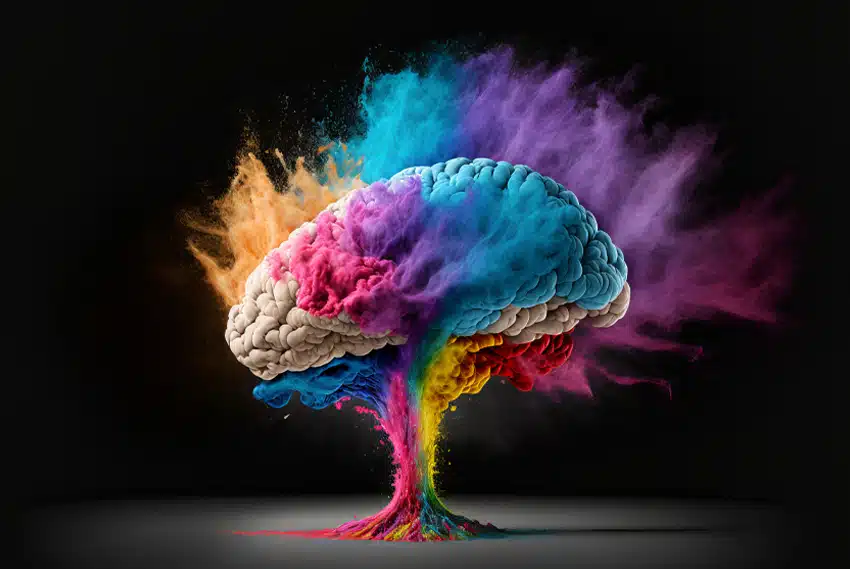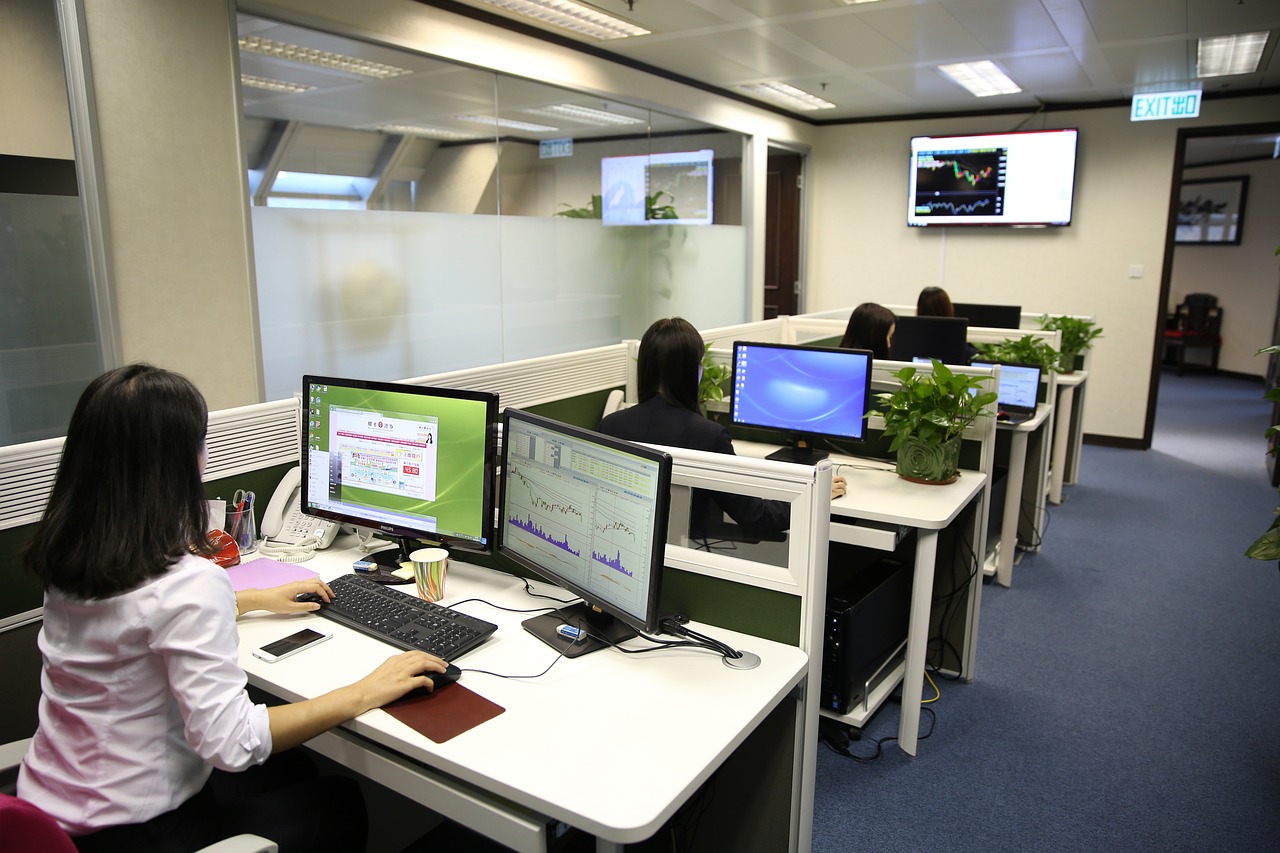
Design Synergy: The Fusion of Aesthetics and Functionality in Graphic Arts
In the world of graphic arts, achieving a perfect balance between aesthetics and functionality is crucial. This balance, often referred to as design synergy, ensures that creative works are not only visually pleasing but also user-friendly and effective.
1. The Importance of Aesthetics in Graphic Design
Aesthetics play a pivotal role in graphic design, capturing the audience’s attention and creating an emotional connection. Beautiful designs invoke interest and can even influence a viewer’s perception of the brand or message. Elements such as color, typography, and imagery are all carefully chosen to resonate with the intended audience. The use of harmonious color schemes can evoke specific feelings or moods, while well-chosen fonts enhance readability and convey the brand’s voice. Imagery, including illustrations and photography, provides visual stimulation and reinforces the message conveyed by the text. A well-designed aesthetic creates a memorable first impression, making consumers more likely to engage with the content and fostering brand loyalty.
2. Functionality: The Backbone of Effective Design
While aesthetics draws eyes, functionality retains attention. Functional design ensures that all elements serve a purpose, improving the user experience and making the digital or print medium easy to navigate. This is essential for usability and accessibility, ensuring everyone, including those with disabilities, can interact with the design. Functional design prioritizes clear communication, guiding users effortlessly through the content. For instance, intuitive navigation menus, legible fonts, and organized layouts help users find information swiftly. This efficiency not only enhances user satisfaction but also facilitates their interaction with the brand, encouraging longer engagement and repeated visits.
3. Achieving Balance: The Synergy of Aesthetics and Functionality
Creating synergy between aesthetics and functionality demands a thoughtful approach, where neither element overshadows the other. The key lies in integration: ensuring that the artistic aspects and practical elements work in harmony. Designers must constantly experiment and adjust, often relying on feedback to fine-tune their creations. For instance, an intuitively functional website can be enhanced with high-quality visuals that align with its purpose, thereby not only making it delightful to look at but also easy to use. The challenge is to create a design where the aesthetics enhance the functionality, and vice versa, leading to a cohesive and immersive user experience.
4. Real-World Applications: Case Studies of Successful Design Synergy
Several famous brands and projects showcase impeccable synergy between aesthetics and functionality. Take the user interface of Apple’s products, which are lauded for their sleek designs and intuitive usability. Each element, from the minimalist icons to the fluid transitions, is meticulously crafted to provide an elegant yet practical experience. Similarly, in print media, magazines like National Geographic achieve synergy by pairing stunning photography with well-structured articles, making their content both visually appealing and highly readable. These examples underline the importance of thoughtful design where aesthetic appeal and usability work together to enhance the overall experience, providing valuable lessons for designers aiming for similar balance in their own projects.
5. The Future of Design Synergy in Graphic Arts
Looking forward, the future of design synergy in graphic arts appears promising, with advancements in technology offering new tools and possibilities. Artificial Intelligence (AI) and Machine Learning (ML) are beginning to play a role in design, helping to predict user behavior and customize experiences accordingly. For instance, AI can analyze user interactions and suggest design modifications to enhance both aesthetics and functionality. Virtual Reality (VR) and Augmented Reality (AR) offer new realms to explore, where designers can create immersive experiences that are as functional as they are engaging. As technology continues to evolve, so too will the opportunities to blend aesthetics and functionality in innovative ways, ensuring that future designs are not only beautiful but also increasingly user-friendly.
By continuously striving for design synergy, the world of graphic arts will keep pushing boundaries, creating experiences that delight and function seamlessly, resulting in a more visually enriched and accessible world.



